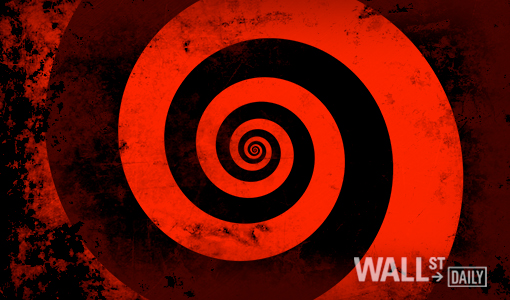
Last week, economist Larry Summers and Bridgewater Associates Chairman Ray Dalio called for a new round of quantitative easing(QE) bond purchases.
Meanwhile, New York Fed Chairman Bill Dudley scaled back expectations of a September rate increase. Even though second-quarter U.S. gross domestic product (GDP) growth was revised upward, it’s now unlikely that the Fed will raise rates at its September 16-17 meeting.
At this point it’s worth wondering whether the Fed will ever have the guts to move off the “zero-bound.”
Under such circumstances, we’re compelled to ponder what will happen if the fed funds rate is still at zero when the next recession hits.
We’re already more than six years into an economic upturn, and unemployment is down to 5.3%. A cyclical recession can’t be far off. The elevated state of the stock market also suggests that a decline is near. If the market had followed nominal GDP since the first monetary easing in February 1995, the Dow would now be around 9,000, little more than half its current level.
Finally, Austrian economic theory suggests that the prolonged period of ultra-low interest rates has produced an orgy of misdirected malinvestment that will have to be liquidated, causing a recession.
A Political Matter
The timing of the next recession will seriously impact the 2016 election, which in turn will influence the Fed’s actions and, ultimately, the future of the world economy.
If recession hits hard before November 2016, it’ll help the Republicans. Indeed, it will validate many of the criticisms made by the Tea Party wing. If Republicans win the election, we’ll get a new Fed Chair in January 2018, when Janet Yellen’s current term ends, and presumably a different Fed approach from then on.
On the other hand, if there’s no recession prior to the election, then Hillary Clinton or some other Democrat is likely to win. In that instance, Fed policy will remain unchanged, whether under Yellen or a like-minded successor.









Leave A Comment